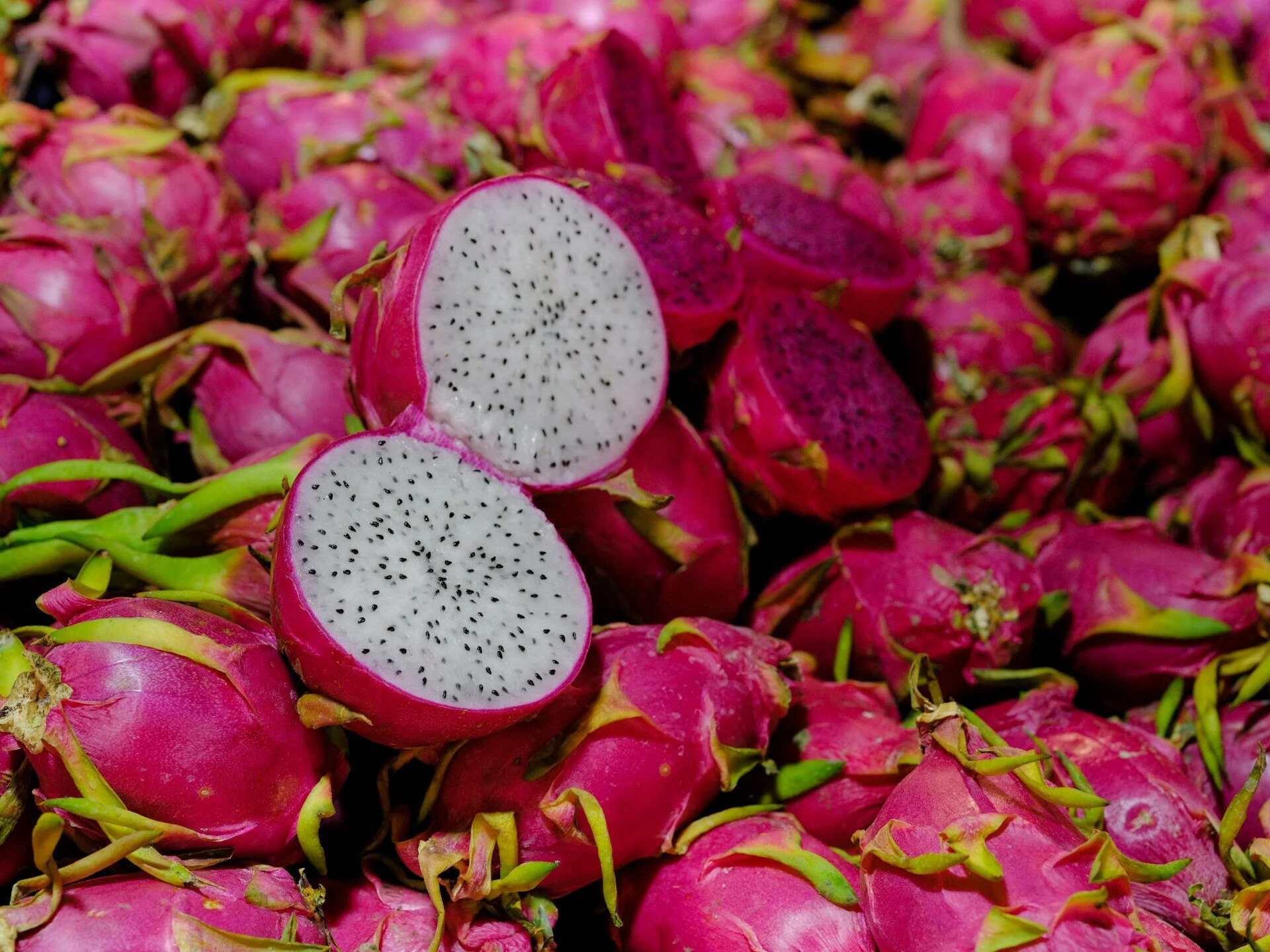
Pitahaya, also known as dragon fruit, is a tropical fruit that has captured the curiosity of many. But what makes this exotic fruit so special? Pitahaya boasts a vibrant appearance with its bright pink or yellow skin and speckled flesh. It's not just a pretty face; this fruit packs a punch with its health benefits. Rich in antioxidants, vitamins, and fiber, pitahaya can boost your immune system and improve digestion. Whether you enjoy it fresh, in smoothies, or as a topping for yogurt, pitahaya offers a unique flavor that's both sweet and slightly tangy. Ready to learn more about this fascinating fruit? Let's dive into 25 intriguing facts about pitahaya!
What is Pitahaya?
Pitahaya, also known as dragon fruit, is a tropical fruit that has gained popularity for its unique appearance and health benefits. This fruit comes from several different cactus species and is enjoyed worldwide.
-
Pitahaya is native to Central America. It originally grew in countries like Mexico, Guatemala, and Nicaragua before spreading to other parts of the world.
-
There are three main types of pitahaya. These include Hylocereus undatus (white flesh), Hylocereus costaricensis (red flesh), and Hylocereus megalanthus (yellow skin with white flesh).
-
Pitahaya flowers bloom at night. Often called "moonflowers" or "Queen of the Night," these large, fragrant flowers open after sunset and close by sunrise.
Nutritional Benefits of Pitahaya
This fruit isn't just pretty; it's packed with nutrients that can benefit your health in various ways.
-
Rich in antioxidants. Pitahaya contains betalains, hydroxycinnamates, and flavonoids, which help combat oxidative stress and inflammation.
-
High in fiber. One serving of dragon fruit provides about 7 grams of fiber, aiding digestion and promoting gut health.
-
Low in calories. With only about 60 calories per 100 grams, pitahaya is a great option for those watching their calorie intake.
-
Good source of vitamin C. This vitamin boosts the immune system and promotes healthy skin.
Growing Conditions for Pitahaya
Pitahaya thrives in specific conditions that make it a fascinating plant to grow.
-
Prefers warm climates. Ideal temperatures range between 65°F and 85°F, making it perfect for tropical and subtropical regions.
-
Needs well-draining soil. Sandy or loamy soil with good drainage helps prevent root rot.
-
Requires minimal water. As a cactus, pitahaya is drought-tolerant and needs less water compared to other fruit plants.
Culinary Uses of Pitahaya
Pitahaya's mild, sweet flavor makes it versatile in the kitchen.
-
Eaten fresh. Simply cut the fruit in half and scoop out the flesh with a spoon.
-
Used in smoothies. Blending pitahaya with other fruits creates a refreshing and nutritious drink.
-
Added to salads. Its vibrant color and crunchy texture make it a great addition to fruit and vegetable salads.
-
Made into sorbets and ice creams. The fruit's natural sweetness and creamy texture are perfect for frozen desserts.
Fun Facts About Pitahaya
Beyond its health benefits and culinary uses, pitahaya has some interesting trivia.
-
Pitahaya can be red, yellow, or pink. The skin color varies depending on the species and variety.
-
The seeds are edible. Tiny black seeds scattered throughout the flesh add a slight crunch and are rich in healthy fats.
-
Pitahaya is often used in skincare. Its high antioxidant content makes it a popular ingredient in face masks and creams.
-
It has a short shelf life. Once harvested, pitahaya should be consumed within a few days for optimal freshness.
Pitahaya in Culture and History
This fruit has a rich cultural significance and history.
-
Used in traditional medicine. Indigenous peoples have used pitahaya for its medicinal properties for centuries.
-
Symbol of good luck. In some cultures, pitahaya is considered a symbol of prosperity and good fortune.
-
Featured in festivals. Countries like Vietnam and Thailand celebrate pitahaya in various festivals, showcasing its importance in their culture.
Environmental Impact of Pitahaya Farming
Growing pitahaya can have positive effects on the environment.
-
Low water usage. As a drought-tolerant plant, pitahaya requires less water, making it an eco-friendly crop.
-
Supports biodiversity. Pitahaya farms often attract pollinators like bees and bats, which help maintain local ecosystems.
-
Reduces soil erosion. The plant's root system helps stabilize the soil, preventing erosion in farming areas.
Pitahaya in the Market
Pitahaya has become a popular fruit in global markets.
- High demand in Asia. Countries like China, Vietnam, and Thailand are major consumers and producers of pitahaya, driving its global popularity.
The Final Bite
Pitahaya, also known as dragon fruit, is more than just a pretty face. Packed with nutrients, it's a powerhouse of vitamin C, fiber, and antioxidants. This tropical fruit can boost your immune system, aid digestion, and even improve skin health. Its vibrant colors and unique taste make it a favorite in smoothies, salads, and desserts. Plus, it's low in calories, making it a guilt-free treat. Whether you're a health nut or just looking to try something new, pitahaya is worth a spot in your diet. So next time you see this exotic fruit at the market, grab one and enjoy its many benefits. Your body will thank you!
Was this page helpful?
Our commitment to delivering trustworthy and engaging content is at the heart of what we do. Each fact on our site is contributed by real users like you, bringing a wealth of diverse insights and information. To ensure the highest standards of accuracy and reliability, our dedicated editors meticulously review each submission. This process guarantees that the facts we share are not only fascinating but also credible. Trust in our commitment to quality and authenticity as you explore and learn with us.
